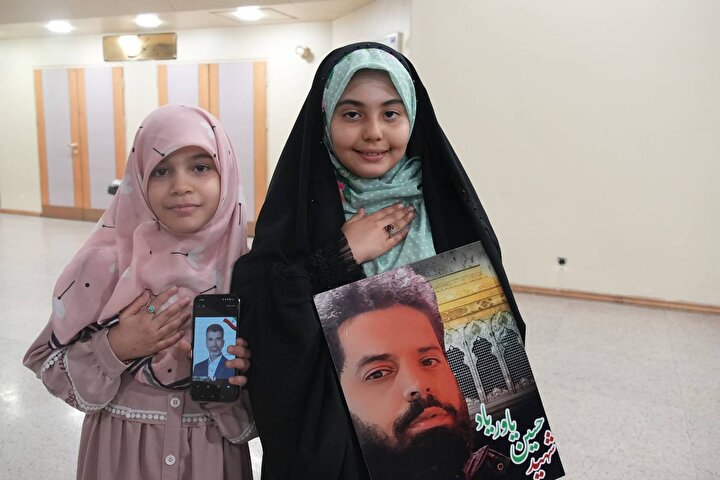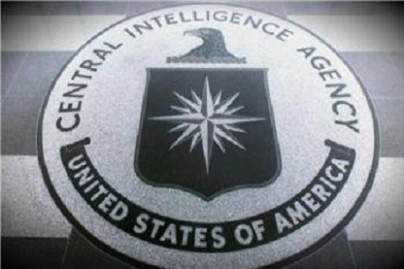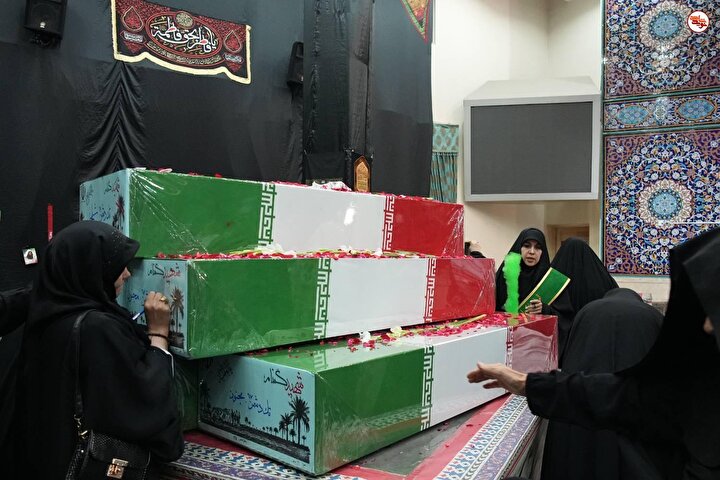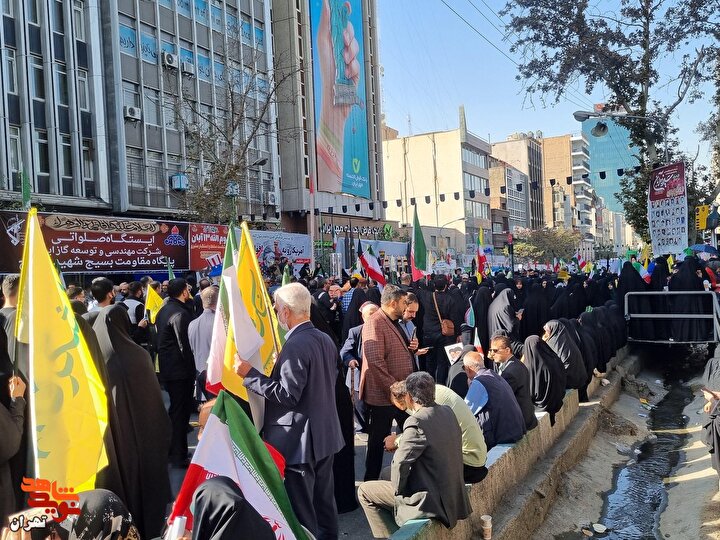
Six facts about US crimes at embassy in Iran

The US embassy was captured on November 4, 1797, something Imam Khomeini called "the second revolution”. Since the beginning, the popular move adopted the name of "seizure of the spy den”, which summarizes the word and opinion of the students who captured it.
The seizure is indicative of a great fact, that of the incident having been formed based on the collective memory of a nation, the US stood at the darkest spot of which. With the "explosion of light” caused by the Islamic revolution, the eradication of this dark spot looked more necessary than ever.
Below are some reasons for the formation of Iran’s historic nation as it was of the US embassy:
1. US embassy as headquarters for the 1953 coup operations
The coup was organized through intelligence cooperation of the UK and US and resulted in the downfall of Mossadeq’s government and the recreation of the dictatorship of Mohammad Reza Pahlavi. This dark record which went straight against the will of the Iranian nation was one of the things that influenced the Iranian mindset of the US.
At a session held at the office of the US secretary of state, the final decision was made to trigger the operation for the downfall of Mosadeq, named Ajax Operation. The session was attended by foreign secretary John Foster Dallas, CIA chief Allen Dallas, defense secretary Charles Wilson, ambassador to Iran Loy W. Henderson, and Kim Roosevelt who directed executive affairs.
2. The embassy’s role in backing the Pahlavi dictatorship
After the coup started an unprecedented period of suppression. During this time the US was a full supporter of the Pahlavi regime, so much so that it considered the regime as its gendarme in the Middle East.
Documents collected at the embassy indicate: In the Persian Gulf we want as we sustain our access to the region and its oil, to contain the influence of Russia and extremist Arabs. We encourage regional cooperation as headed by Iran and Saudi Arabia and well defense equipment and services to our friends at large quantities.
3. CIA agents as embassy employees
The nomination of "spy den” traces back to the extensive intelligence operations of the US in Iran. This goes so far that the US could not find any base better than Iran for its regional espionage missions.
A secret document at the embassy dated April 5, 1977 reads: Situated in a strategic location, Iran provides us with a number of intelligence sites and communication facilities which hardly find any alternative.
The embassy did not suffice to intelligence services in relation to Iran, to expand its efforts into the regional stage.
The facilities inside Iranian soil have allowed us to monitor Russia’s compliance to the treaty on the Nuclear Test Ban Treaty, another document reads.
4. Efforts to diverge the Islamic Republic
During the revolution, the US, which saw that its interests were endangered, would not only try for a coup, but at the same time attempted to diverge the public movement of the Iranian nation. Accordingly, the embassy would engage in cooperation with moderate and sometimes left groups who used to push against the religious leadership in Iran.
James Bill writes: The embassy was a venue to collect security reports. A number of its staff are CIA agents and the agency would provide information to some moderate Iranians who used to hold offices in the post-revolution Iran.
5. The embassy helping former Pahlavi officials flee
One of the major operations of the US embassy after the revolution was to help the former Pahlavi officials escape the country. These people could have been brought to court under all charges to unveil the crimes of the Pahlavi regime.
A document from June 1979 reads: Habibollahi, commander of the navy of the Pahlavi regime, who was in office for two years has recently escaped the country with an Iranian passport and a pseudonym and is now in Frankfort. We were informed that Habibollahi had applied for an NIV visa at the US console using his pseudonym and intends to join his family in Virginia.
6. The embassy’s role in granting refuge to the Pahlavi dictator
The official granting of refuge to Mohammad Reza Pahlavi, who was considered by Iranians as traitor, shows the unbounded support of the US behind the dictator. The US embassy in Iran at that time did it utmost in brining the refuge seeking to an end.
A reporter at the embassy in a secret letter to the State Department wrote: I did not noteice much change in the behavior of Iranian officials or people in regard to the coming of the Shah to the States compared to what I had reported in late July. Our relations are going slowly and furthermore, they are not that much to dissipate with the entrance of the shah.
But an embassy agent who is aware of Iranians’ grudges against the issue writes: For the time being the clergy are in power and I fear that if we do something about the shah things get worse; since Khomeini last week told Oriana Fallaci that the shah was a traitor who had committed crimes for 50 years, adding he should return to the country. I think if the shah himself goes to the US pretending to do so as a patient visiting there for his treatment, it will not cause any negative reaction from Iranians.
source: irdc.ir


